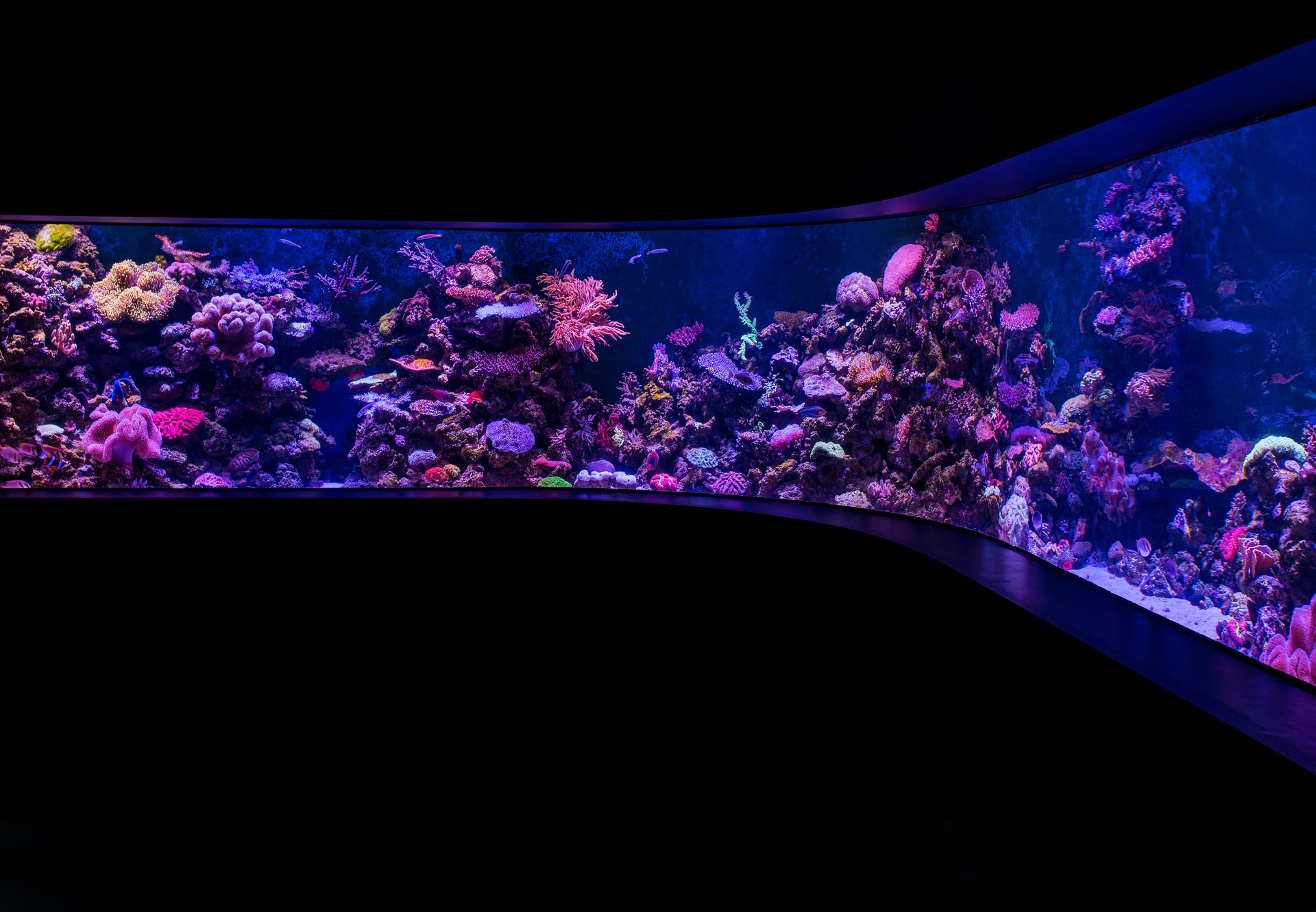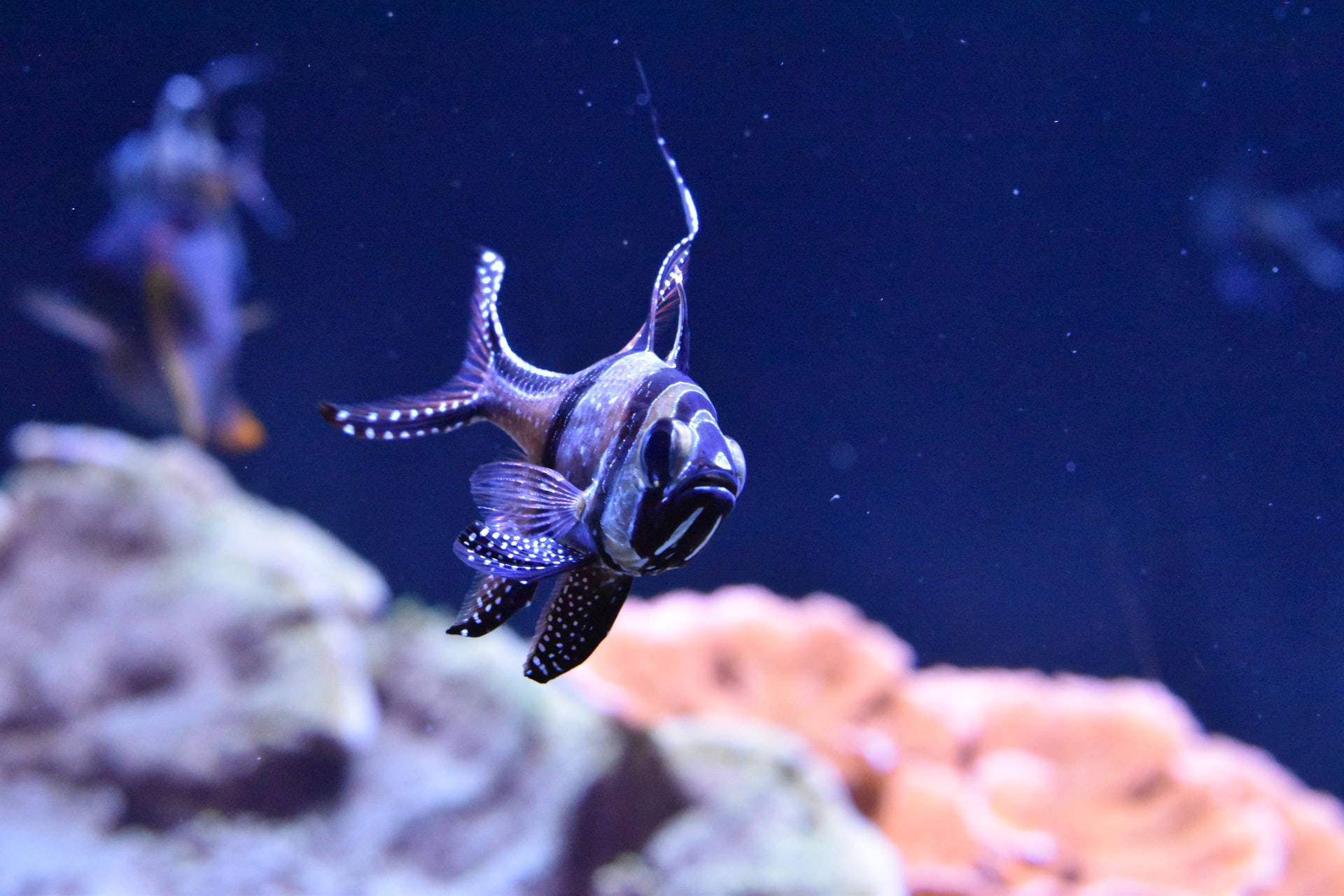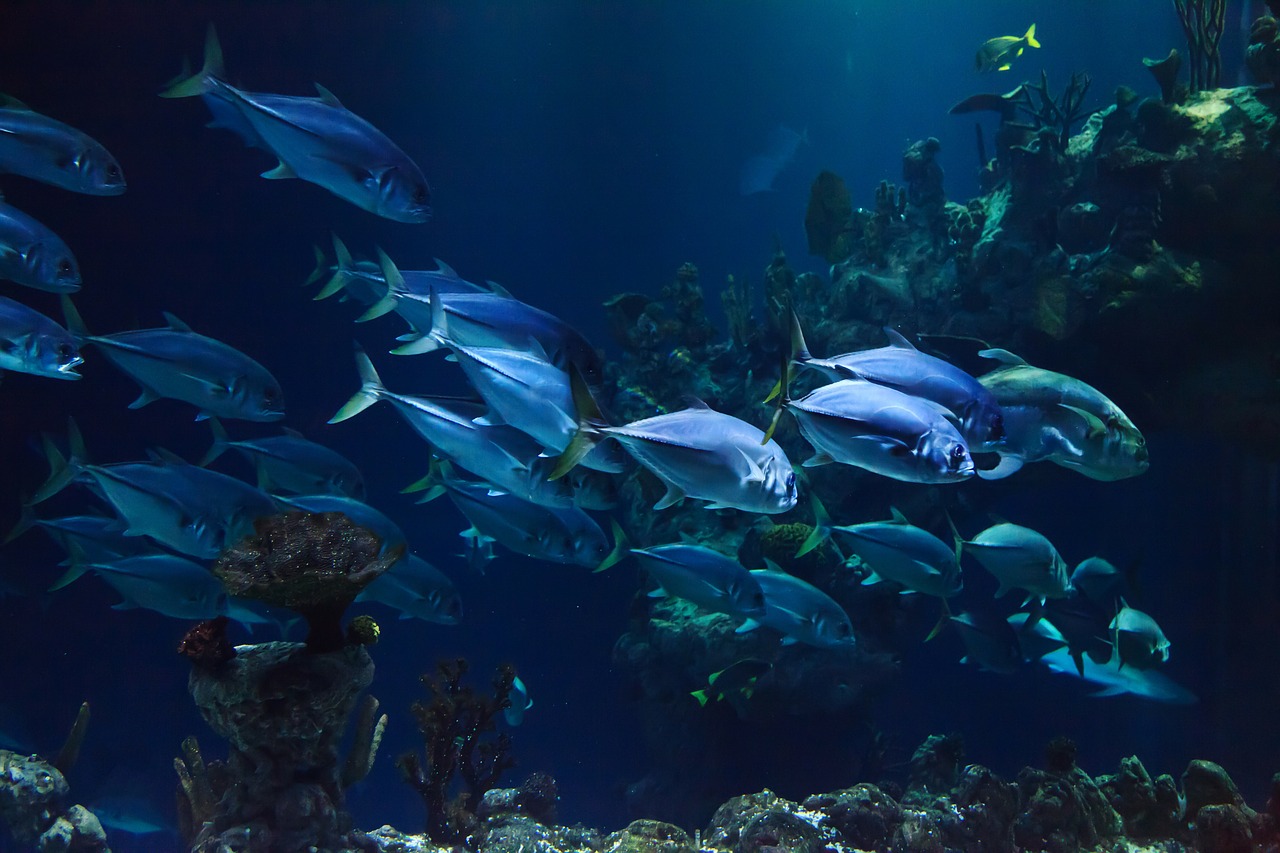You’d love to have the colorful fish that live in salt water aquariums but don’t have the time to do all that maintenance that you heard was involved in keeping saltwater tanks, right?
A salt water tank can allow you to have so much more than a fresh water and a reef tank will really look like the bottom of the ocean.
You probably think that a salt water tank is too hard to maintain and you won’t be able to have your own aquarium ocean, right?
Truth is, a salt water fish tank is not that much more time consuming than a fresh water. Once the tank is up and running, it requires weekly maintenance just as any other tank. You need to test for a few more things and the fish are a lot more sensitive but it’s really not that much more work.
Salt Water Aquariums do require a few more supplies than fresh water and there is an added expense in both the fish and the equipment, so if you are on a tight budget you may want to stick to fresh water tanks. The key to saltwater aquariums is the bigger the tank the less maintenance – it is imperative to maintain good water quality and a larger tank is much more forgiving in this area as there is much more water.
To set up your salt water fish tank, you will need:
- Tank & stand
- Hood
- Lighting
- Heater
- Chiller (for reef tanks mostly)
- Dechlorinator
- Supplemental vitamins and calcium if you have live rock
- Test kits
- Hydrometer
- Sea salt
- Water filter
- Protein skimmer (for reef tanks)
- Power head
- Filters and Filtration
- Substrate (crushed coral, gravel, aragonite or sand)
- Chiller (for reef tanks)
- Quarantine tank (optional but highly recommended)
If you are just starting out with salt water aquariums, you might want to start with a fish only tank and you won’t need the items above that are for reef tanks – if you want to be extra cautious you can get them for a fish only tank, or if you want to start out with fish only and then add some coral and live rock you can buy them up front or add them in later.
Picking out the spot
Select a spot that is not in the way of general traffic, but can still be seen well. Keep your salt water fish tank out of direct sunlight and make sure you locate it near an electrical outlet. The tank will be heavy so make sure the flooring will hold it if it is a overly large tank.
Setup steps
Setup for salt water aquariums consists of the following steps:
- Assemble, the tank, lights, filters etc… according to manufacturers instructions. Put on the background. If necessary make cutouts in the hood so the heater and filters fit but make them as tight as possible to have less evaporation. Be sure to wash off any decorations and substrate that you are putting in the tank (no soap just wash with water)
- Mix up the salt water. Just follow the instructions on your box of sea salts for the size of your tank. I mixed mine in a bucket in my bathtub and lugged it over to the tank. I checked each bucket with the hydrometer (a gizmo that measures salinity). I’ve heard you can mix it in the tank but that sounds risky to me.
- Fill ‘er up! Fill up the tank and filter boxes with the salt water. Leave all equipment unplugged at this time.
- Start ‘er up! Turn everything on and make sure it works as expected.
- Monitor the tank for several days checking salinity and topping off as necessary. If you have a quarantine tank set this up.
- Now you are into the cycling part of setting up your salt water aquariums. In order to complete the nitrogen cycle necessary for good water quality, you need to introduce ammonia into the tank. Ammonia will build up with fish waste and decaying food. Now putting a fish in the tank is dangerous since the ammonia built up can be toxic to him so I recommend being very careful with this step, or using live rock or adding ammonium chloride.
- After 10 days, bacteria will appear and start to convert the ammonia to nitrite. You can’t see the bacteria but you can get out your handy test kit and verify that ammonia levels go down and nitrite levels go up.
- Finally after another 10 or 15 days, the nitrate will appear signaling the end of the cycling process. Use your test kit to verify the ammonia and nitrite levels are disappearing.
- Wait about a week, then do a partial water change.
- Add fish but be careful not to overstock the tank. With salt water aquariums, the fish are much more sensitive and you can’t load up the tank like you can with a fresh water. A 55 gallon salt water tank will hold about 15” of fish or 6-8 fish depending on the size.
Maintenance steps
Salt water aquariums require surprisingly little maintenance. Of course, you will keep a daily eye on the condition of the fish and the equipment to make sure it is functioning. In addition, it’s a good idea to do the following on a weekly schedule:
- Top off the tank to replace evaporated water and remove accumulated salt from the lights, hood and other areas
- Test the water and act accordingly
- Scrape algae
- Perform partial water changes once a month










